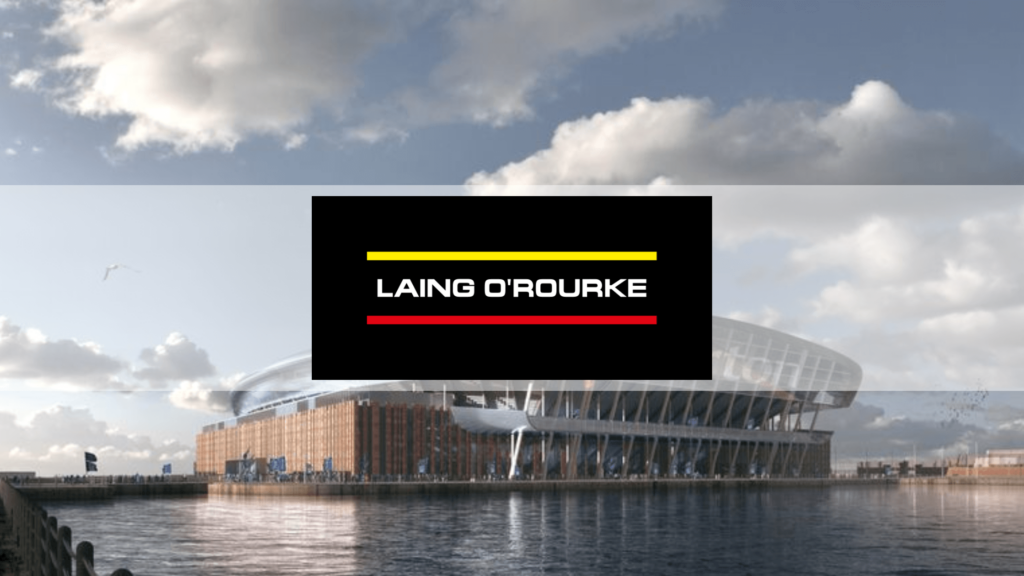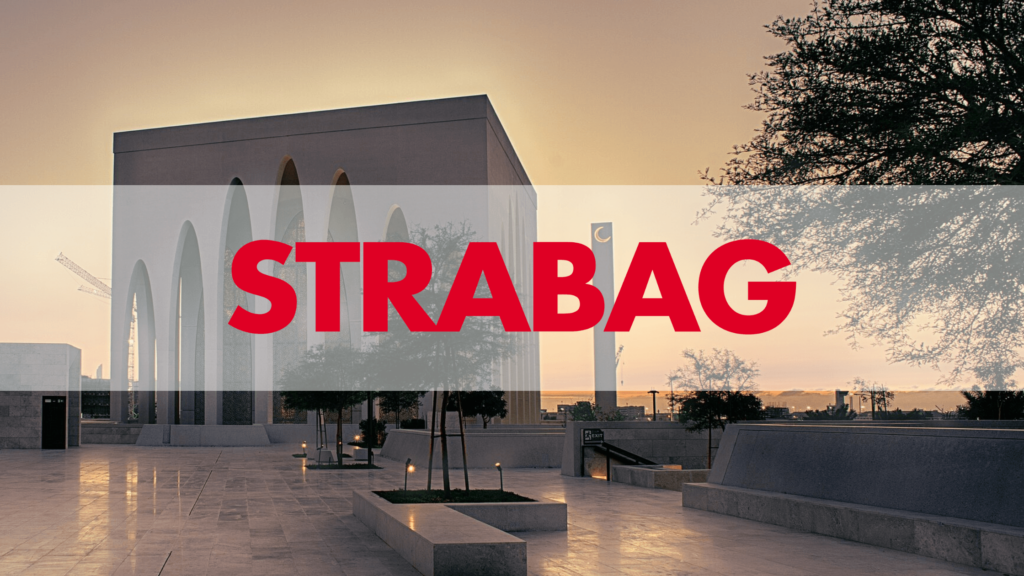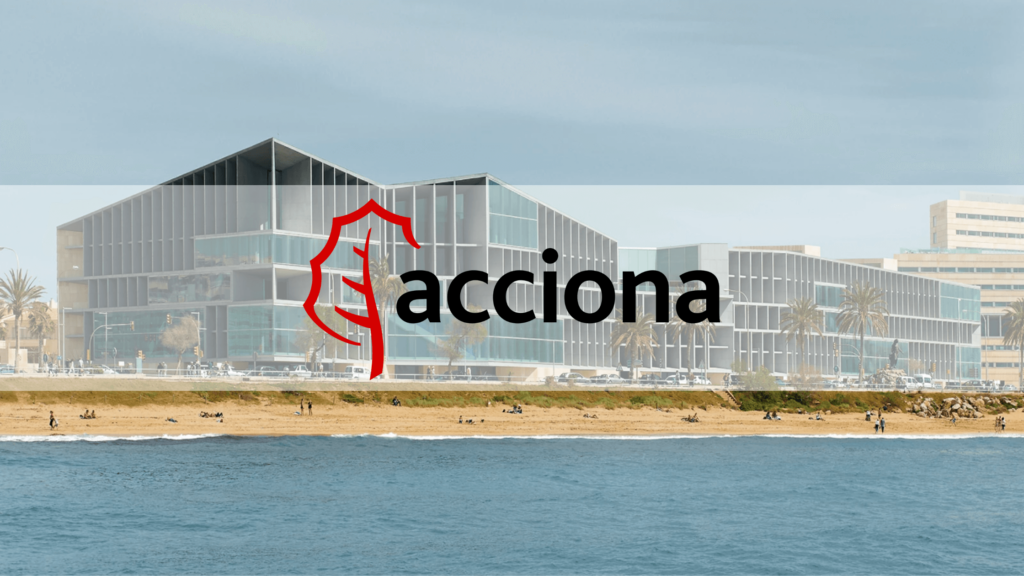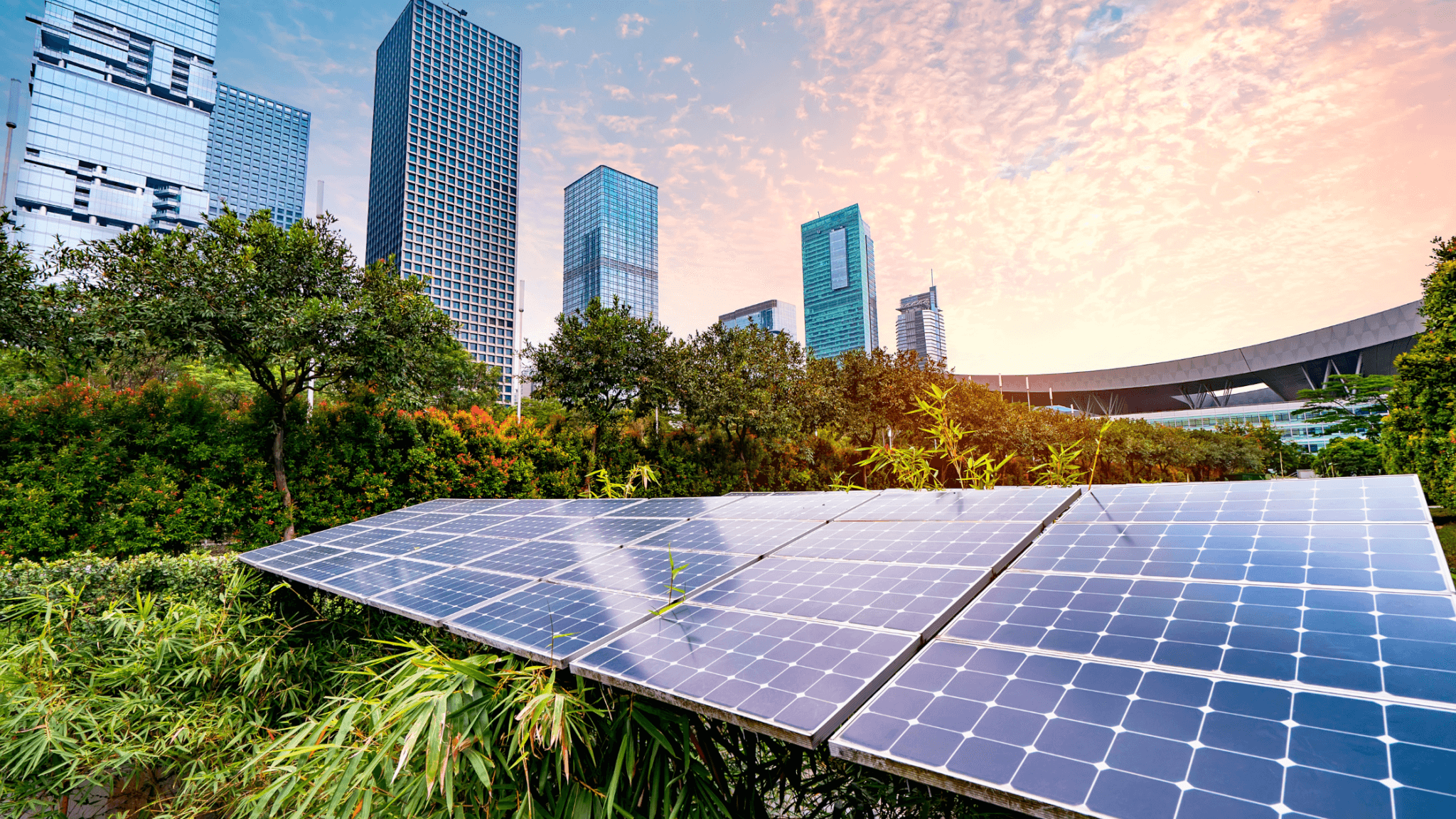Concrete is one of the least sustainable industries, contributing to almost 10% of global CO2 emissions. However, because demand is only rising, new materials and methods in concrete construction are crucial for reducing the industry’s overwhelming carbon footprint. Sustainable methods include pre-cast components, greener cement, CCUS, and water conservation. Implementing these methods will reduce greenhouse gas emissions and ultimately save resources.
Quick look
- Cement production accounts for 8% of the world’s total CO2 emissions.
- Concrete sustainability is twofold: greener materials and efficient production.
- Methods for making concrete production more sustainable include pre-casting, green cement, CCUS, and cement recycling.
- Companies leading the charge in concrete sustainability include Cemex, Carbon Cure, Holcim, Nilebuilt, and Tarmac.
Why sustainability in concrete matters
Concrete has been an integral cornerstone of the construction industry for decades. It’s reliable, accessible, and adaptable, making the demand only continue to grow in tandem with the commercial and residential building market. Roughly 30 billion tons of cement are produced every year globally, with projections set to increase.
The problem is that it’s a bigger contributor to greenhouse gas emissions than we think. It’s said that if the concrete industry were its own country, that country would be Earth’s third or fourth-largest emitter of CO2.
More sustainable methods of concrete or concrete-like materials must be implemented as soon as possible. This will significantly reduce harmful emissions, reduce waste in the industry, and significantly improve the industry’s impact on climate change.
Environmental effects of concrete
The damages caused by concrete production are twofold. First, the production process is incredibly energy inefficient, and second, once the concrete is set, it creates an environmental warming effect.
Put simply, concrete is one of the world’s biggest polluters and is the second most widely used material after water. Almost half of the CO2 emissions are produced during cement production, the most energy-intensive part of making concrete. Other facts about concrete’s environmental impact include:
- Cement production accounts for 8% of the world’s total CO2 emissions.
- The manufacturing process is increasingly energy-intensive as demand grows, increasing the carbon footprint.
- Waste, such as dust and sludge, is created during manufacturing and contributes to air and water pollution.
- Cement production is the third largest source of industrial air pollution, releasing nitrogen oxides, sulfur dioxide, and carbon monoxide into the air.
Some companies are beginning to advance in concrete sustainability. Many geographic regions and countries, like Canada, are committing to making concrete production and distribution greener.
5 methods to make concrete more sustainable
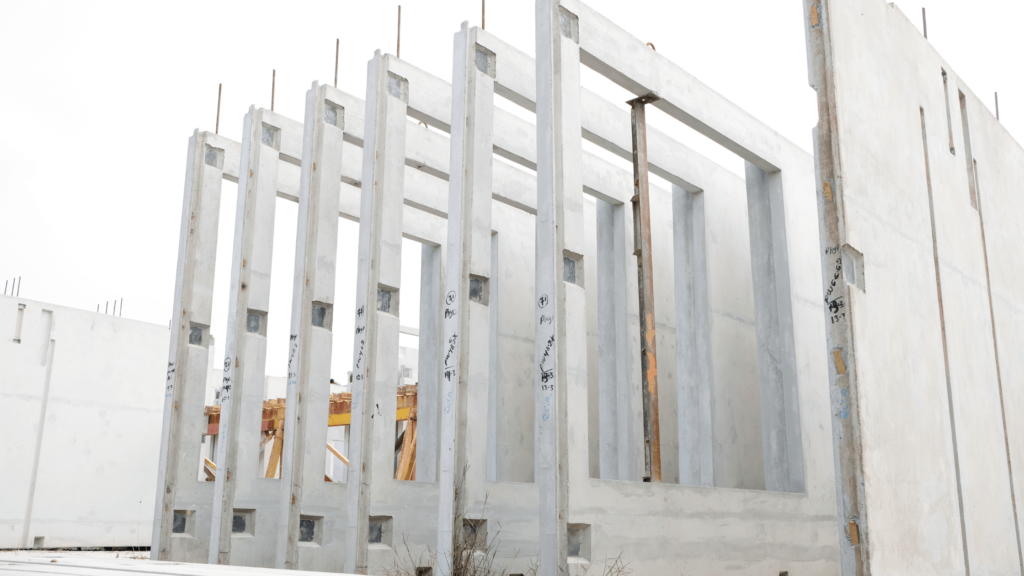
Construction companies can make concrete production more sustainable by modifying the materials and manufacturing process. As the demand for sustainability rises with the demand for concrete, new techniques and materials may emerge, but here are the most widely used methods today.
1. Pre-cast building components
Precast concrete construction involves producing components of a structure from cement offsite, transporting them, and later installing the pieces whole on site. This prefabrication process is becoming increasingly popular in residential and commercial construction because it saves time and reduces waste from building materials.
The pre-cast method functions like a “print on demand” method, building only what is needed. Pouring, forming, and curing the cement requires minimal time and energy, which means less wasted time, energy, and materials and more cost savings for construction companies. Pre-cast wall panels and beams are two common examples of how this technique is being implemented today. Once produced offsite, they can be quickly and predictably maneuvered into place.
2. Green cement mixes
“Greener,” more eco-friendly cement mixes combine standard cement base materials with recycled materials. To lower the cement’s overall environmental impact, this mix sometimes comprises alternative cementitious materials like silica fume, slag cement, or fly ash. By implementing these more natural materials, greenhouse gas emissions are lowered in production, thereby decreasing environmental impact.
One company committed to using cementitious materials over traditional concrete is NileBuilt Corp. NileBuilt constructs sustainable houses that can withstand natural disasters. They do this by using advanced composite materials that are entirely fire-resistant and generate as much power as the house uses through PV solar panels, eliminating utility bills. It’s net-zero housing costs with sustainable concrete construction.
3. CCUS
Carbon Capture, Utilization, and Storage (CCUS) technology captures CO2 emissions from cement manufacturing and repurposes them into new materials or stores them for later use. Like the pre-cast method, this approach is innovative as it ensures material is made with purpose or re-used. It’s no-waste, curbs greenhouse gas emissions, and enables more avenues for recycled carbon products.
Cemex is a leading concrete company employing more sustainable production practices like CCUS. They strive to streamline their manufacturing processes and become a completely net-zero CO2 company by 2050.
4. Optimize cement production
Many elements of the production process are tricky. Pouring concrete, for example, can be complicated due to unpredictable weather conditions that affect the curing process. There’s also a risk of human error during pouring and other production phases, and inaccurately forming components wastes time, material, and money.
Common methods of optimization include modular construction and 3D concrete printing. Modular construction involves leveraging prefabricated components, like precast, which reduces time, material usage, and on-site work. 3D printing is becoming increasingly common in concrete, allowing for more precision, efficient material use, and innovative, material-minimal designs.
5. Cement recycling and water conservation
Recycling concrete reduces the need to produce new raw materials and lowers waste, energy, and labor. Crushed concrete aggregate is now commonly used in cement mixes and as base materials for roads and other pavements. Contractors and construction companies increasingly deconstruct concrete aggregate to reuse it in new or refurbished projects.
Concrete production is also a water-intensive process. Employing water-reducing mixtures and reusing process water in concrete plants will significantly diminish the overall environmental impact of water waste.
Things to consider
These sustainability methods seem like an obvious next step in the evolution of the concrete industry, but what prevents every company from employing them?
- It’s costly: Some greener materials are less in demand, less produced, and less distributed because they are less widely used. This typically means increased costs. In addition to material costs, if your company requires new machinery or equipment to implement sustainable practices, an upfront cost comes with it.
- Implementation is slow: New sustainability methods mean more training, re-doing safety and education practices, and slowly re-optimizing workflows with different resources.
- Labor shortages: The trade industries are experiencing a labor shortage, and new practices potentially require new teams with specialty skills. Combating the labor shortage is time-intensive or unfeasible for some construction companies.
5 companies making cement greener
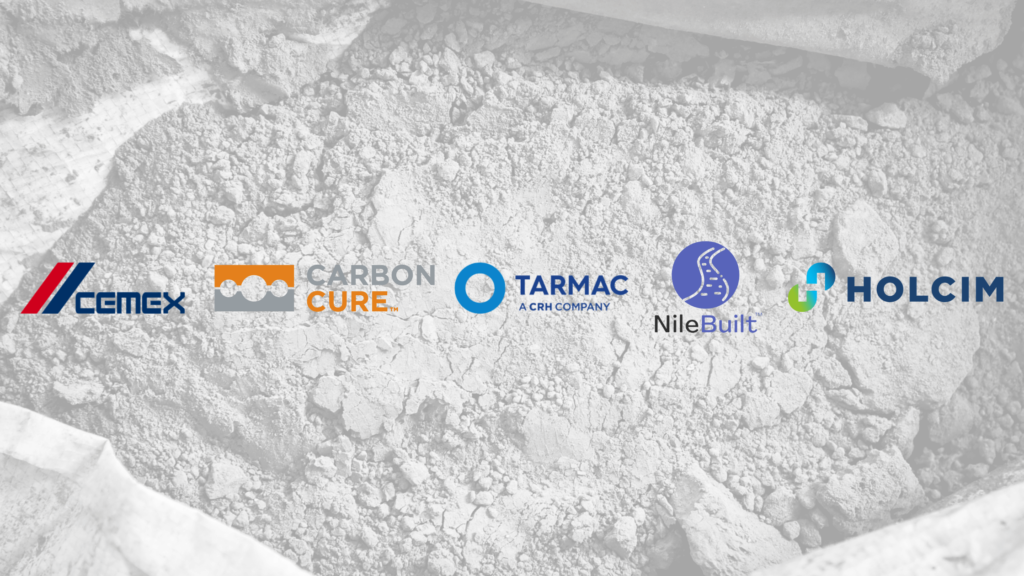
1. Cemex
Cemex prioritizes sustainable construction through specially engineered and manufactured concrete products tailored for specialty applications like bridges, harbors, and industrial sites. Their solutions prioritize durability and resistance to harsh weather. Cemex also offers specialized concrete for housing and commercial buildings, which includes lightweight and self-compacting options. This enhances energy efficiency, reduces waste, and minimizes vibration and noise.
2. Carbon Cure
Carbon Cure integrates recycled CO2 into its concrete mixes, transforming it into a mineral that enhances concrete strength. They inject CO2 into the material during the mixing process, and a chemical reaction between calcium ions and CO2 forms calcium carbonate. This process dramatically reduces CO2 emissions and enhances the end product’s durability.
3. Holcim
Holcim offers various sustainable concrete solutions, including its low-carbon concrete line, ECOPact. It is also involved in many sustainability initiatives to reduce CO2 emissions in cement production, like using alternative fuels and developing more efficient kilns. Holcim invests in technologies to reduce the growing carbon footprint of traditional concrete production. It implements alternative materials like slag and fly ash and develops new binders requiring less energy. The company also launched its Sustainable Construction Academy to empower professionals across the construction industry with the skills needed for more eco-friendly practices.
4. NileBuilt
NileBuilt Homes uses cementitious materials in their construction and is committed to producing net-zero energy homes, meaning they leave no operational carbon footprint. Their cementitious homes are durable and aesthetically appealing, and also made to withstand harsh weather and natural disasters.
5. Tarmac
UK-based Tarmac offers their low-carbon Topmix Permeable concrete solution and various sustainable aggregates. Tarmac also participates in sustainability initiatives to improve construction resource efficiency. Additionally, they recycle their concrete products and reduce water waste in manufacturing.
Bottom line
Concrete may be one of the most detrimental materials to the environment. Still, by implementing practices like CCUS, greener cement mixes, and cement recycling, the impact on greenhouse gases and CO2 will slowly shrink. Companies like Cemex, Tarmac, and Holcim spearhead the new wave of concrete sustainability. In the next few decades, we’ll likely see a steady increase in similar practices without compromising quality and design.
Like this and want more content like it? Subscribe to our weekly newsletter and follow us on LinkedIn for the latest in sustainable building and construction.


